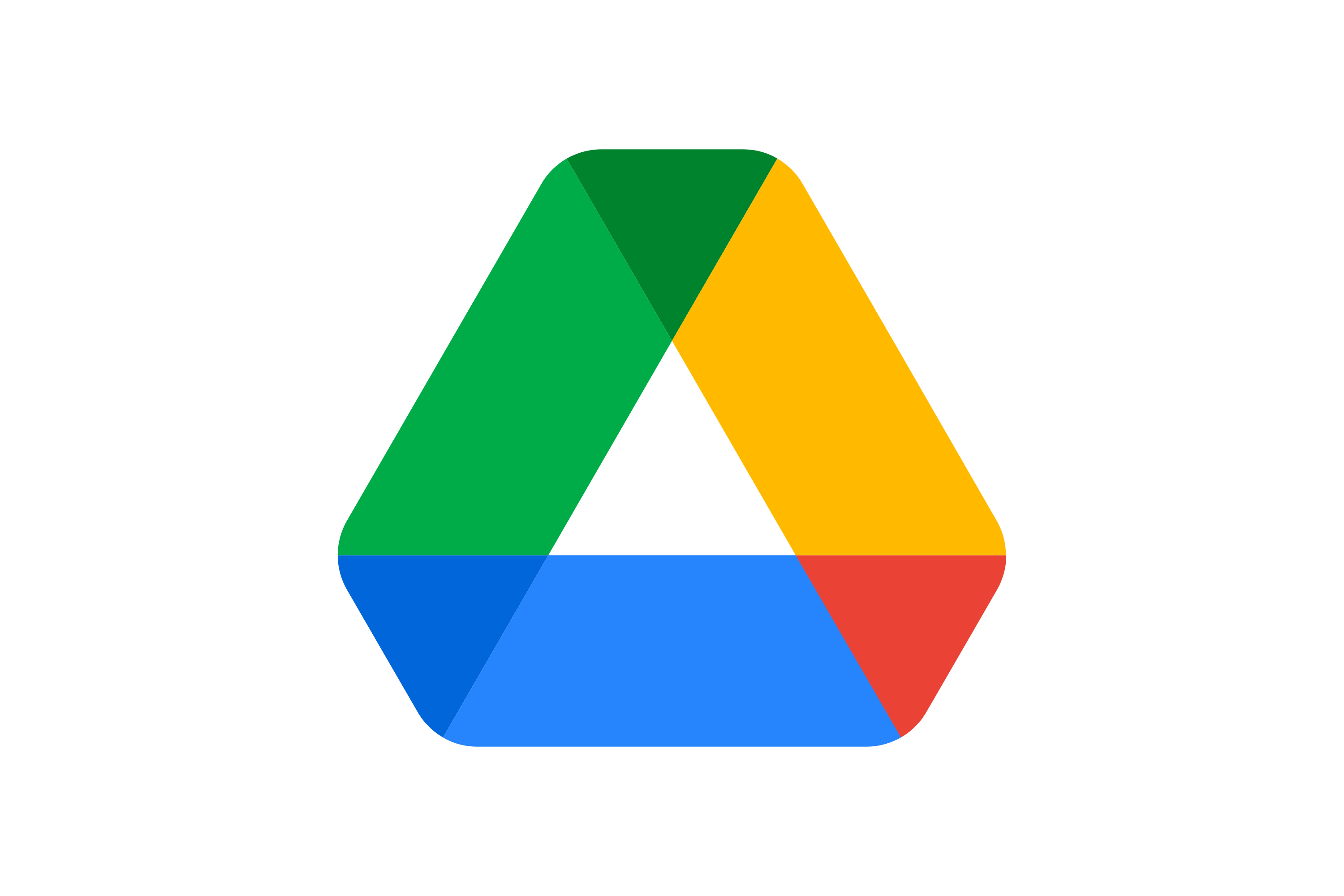A Collection of Jupyter notebook that can be used at Google colab to make Google Drive work easier.Use the user guide to learn how to use the notebook
Direct Link To GDriveTorrent To GDriveFacebook Video To GDriveMediafire To GDriveMega Cloud To GDriveYoutube Channel To GDriveSpotify Playlist To GDriveCompress File & Folder In GDriveExtract ZIP/TAT/7Z In GDriveConvert or Compress Video In GDriveCheck File & Folder Size In GDriveTransfer File & Folder Different GDriveGDrive streamable Link Genarator
Added ✅ •All In One Notebook
Added ✅ •Direct Link To GDrive
•Torrent To GDrive
•Facebook Video To GDrive
•Mediafire To GDrive
•Mega Cloud To GDrive
•Youtube Channel To GDrive
•Spotify Playlist To GDrive
•Compress File & Folder In GDrive
•Extract ZIP/TAT/7Z In GDrive
•Convert or Compress Video In GDrive
•Check File & Folder Size In GDrive
•Transfer File & Folder Different GDrive
•GDrive streamable Link Genarator
F.A.Q Google Colab
Colaboratory, or “Colab” for short, is a product from Google Research. Colab allows anybody to write and execute arbitrary python code through the browser, and is especially well suited to machine learning, data analysis and education..
A Jupyter Notebook is an open source web application that allows data scientists to create and share documents that include live code, equations, and other multimedia resources.
A Jupyter notebook has two components: a front-end web page and a back-end kernel. The front-end web page allows data scientists to enter programming code or text in rectangular "cells." The browser then passes the code to the back-end kernel which runs the code and returns the results.### How long can Google colab run? In the free version, runtimes are limited to 12 hours and RAM is also limited to 16 GB. In the pro variant, it is possible to select a high-memory option and thus use 32 GB of RAM. The Google Pro+ variant now offers even more options to run Deep Learning relatively inexpensively without a cloud server or local machine
Colab allows anybody to write and execute arbitrary python code through the browser, and is especially well suited to machine learning, data analysis and education.
F.A.Q Google Drive
Google Drive is a free cloud-based storage service that enables users to store and access files online. The service syncs stored documents, photos and more across all of the user's devices, including mobile devices, tablets and PCs.
To get started with Google Drive, the end user must create or sign in to a Google account. Then, the user types "drive.google.com" into his or her browser. "My Drive" will automatically appear, which can contain uploaded or synced files and folders, as well as Google Sheets, Slides and Docs. Then, the user can either upload files from his or her computer or create files in Google Drive.
Google Drive data is encrypted with the transport layer security (TLS) standard before it leaves a user's device and uploads to Google's cloud. The data is unencrypted and re-encrypted with 128-bit advanced encryption standard (AES) when it reaches Google. Those AES encryption keys are encrypted, adding another layer of security. Google Drive supports two-factor authentication, but it is not Health Insurance Portability and Accountability Act (HIPAA)-compliant.
This project is protected by the GPL-3.0 license.
Do not edit copyright messages!
Some of the notebooks here are modified by me
So Some credit goes to original script Dev











